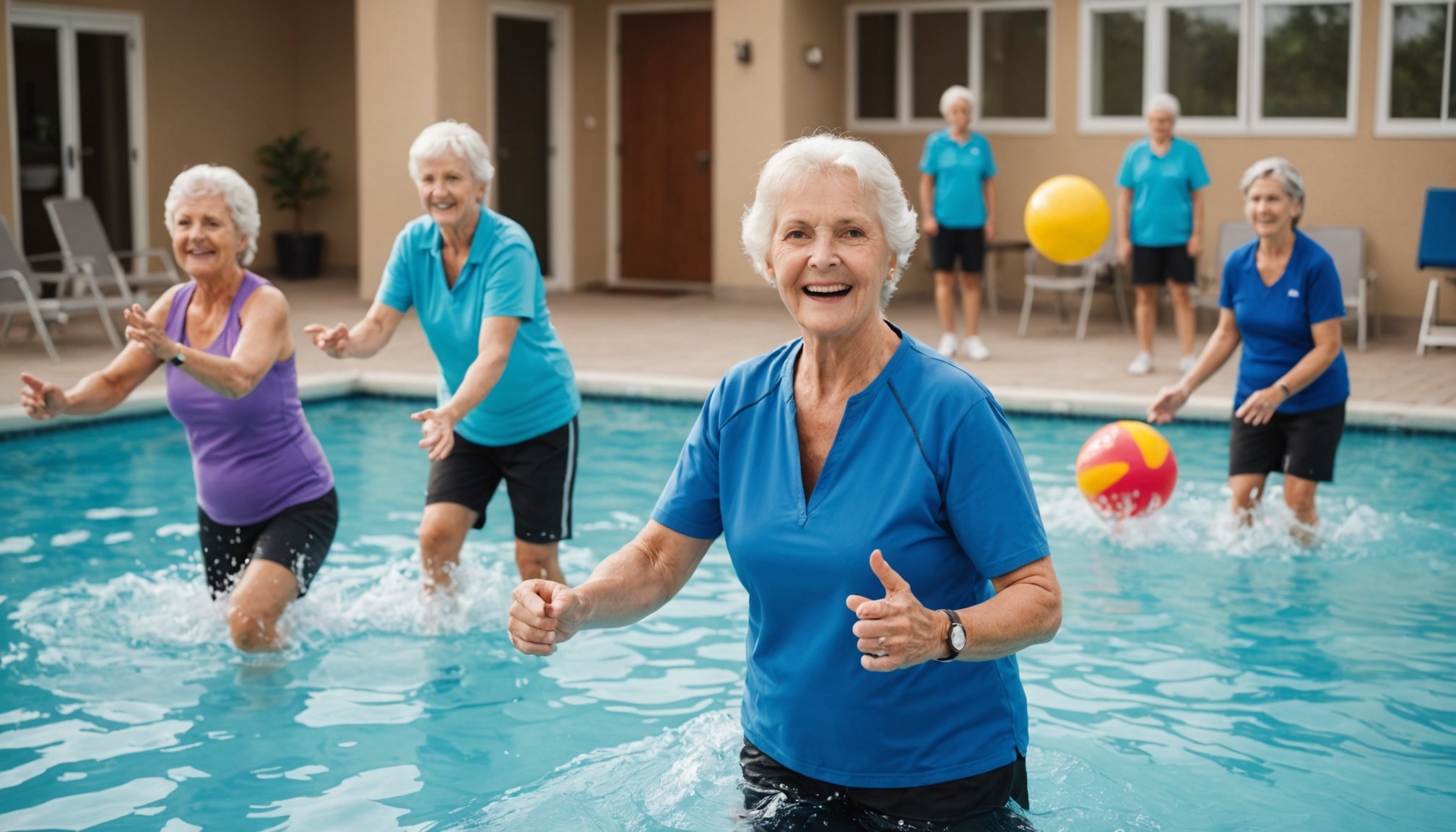Overview of Joint Health Issues in Older Adults
Joint health deterioration is a prevalent issue among older adults. As people age, they often face a variety of joint-related problems such as osteoarthritis, rheumatoid arthritis, and bursitis. These conditions are primarily due to wear and tear of the cartilage, resulting in pain, stiffness, and limited mobility.
Aging affects joint mobility and flexibility significantly. As time progresses, the body’s ability to produce synovial fluid, which lubricates the joints, decreases. This, coupled with the loss of cartilage, causes increased friction and discomfort during movement. Older adults experience a decline in muscle mass, which further exacerbates joint issues as muscles play a crucial role in supporting and stabilizing joints.
Also to see : Discover the benefits of dental implants today
Statistics reveal a concerning prevalence of joint pain among older populations. According to recent studies, roughly 54% of older adults report some degree of joint pain, with knee and hip joints being the most affected. This widespread issue not only impacts physical health but also psychological well-being and quality of life, often leading to decreased physical activity and increased risk of falls.
Understanding common age-related joint issues can help in developing proactive approaches to maintain joint health and improve life quality. Prioritizing joint health as you age is vital to preserving mobility and independence.
Also read : Boost Your Thyroid Health: The Surprising Benefits of Adding Seaweed to Your Diet!
Benefits of Water Aerobics for Joint Health
Water aerobics is well-regarded for its joint health benefits, offering a unique low-impact exercise experience that is both gentle and effective. The buoyancy provided by water plays a crucial role in alleviating joint stress during workouts. Unlike land-based exercises, where your joints bear the brunt of the impact, water aerobics allows individuals to enjoy physical activity with considerably reduced strain on their joints.
This low-impact exercise is especially beneficial for those with arthritis, joint pain, or recovering from an injury. The buoyancy in water reduces body weight by up to 90%, significantly diminishing pressure and impact on joints. This enables people to move with greater ease, improving mobility without exacerbating discomfort.
Studies have shown that regular participation in water aerobics can lead to increased joint flexibility and strength. These exercises not only tend to preserve current joint health but can also enhance overall function and reduce pain. Research supports that individuals who engage in water aerobics experience improvement in joint health, reporting less discomfort and better flexibility over time.
By opting for water aerobics, participants can relish a comprehensive workout that aligns with their fitness goals, promoting joint wellness and potentially enhancing quality of life.
Expert Opinions on Water Aerobics and Joint Mobility
Exploring ways to improve joint mobility, especially for those with conditions like osteoarthritis, is crucial. In this context, numerous experts have weighed in on the benefits of water aerobics.
Insights from Physical Therapists
Physical therapists often advocate for water aerobics due to its low-impact nature, making it ideal for individuals with limited joint mobility. Unlike traditional exercises, water aerobics minimises stress on the joints while enhancing flexibility and strength. Physical therapists highlight its suitability for older adults as it supports their physical capabilities without the risk of injury.
Perspectives from Osteoarthritis Specialists
Osteoarthritis specialists underscore the benefits of integrating water aerobics into regular exercise routines. According to these experts, water aerobics offers a unique blend of resistance and buoyancy, which aids in managing symptoms of arthritis. They note that the consistent practice of water aerobics can lead to a noticeable improvement in joint function and a reduction in pain.
Recommendations from Exercise Physiologists
Exercise physiologists emphasise the importance of tailored exercise plans. They recommend water aerobics as an integral part of rehabilitation programs, particularly for older adults. This approach helps maintain a high level of joint mobility and overall fitness. Professionals in the field observe long-term benefits, such as improved cardiovascular health and muscle tone, resulting from regular participation in water aerobics.
Success Stories of Older Adults in Water Aerobics
Water aerobics often provides uplifting testimonials of older adults sensing the joy of improved joint health. Consider Mary, a spirited septuagenarian, whose decades-long battle with arthritis saw a turning point after enrolling in a local water aerobics class. Her success story doesn’t just stop at being pain-free; Mary found herself dancing at her granddaughter’s wedding—a testament to the profound change water exercise brought to her life.
Moving beyond individual tales, numerous case studies detail the positive impact of water aerobics on recovery. Post-surgery or injury, the gentle resistance of water exercises assists in rehabilitation without risking further harm. One particular study showcases the journey of a veteran, John, who faced limited mobility following a hip replacement. Regular water aerobics sessions significantly accelerated his recovery, enabling him to walk long distances without the need of support.
These encouraging narratives have inspired many to discover the benefits of water aerobics for themselves. Whether for healing, strength, or the sheer joy of movement, these success stories resonate deeply, encouraging individuals to leap into action and embrace a modality that fosters both health and camaraderie. The tranquil allure of water offers a welcoming space for renewed vitality and a community of support.
Recommended Water Aerobics Routines for Older Adults
Embarking on water aerobics routines can be both enjoyable and rewarding, especially for older adults seeking joint-friendly workouts. These routines can offer significant health benefits without the strain that land-based exercises might pose.
Warm-Up Techniques
Starting with warm-up techniques is crucial to ensure safety and effectiveness. Gentle movements like arm circles and leg swings in the water can increase circulation and prepare muscles for activity. These joint-friendly workouts gradually elevate the heart rate and reduce the risk of injury. For older adults, it’s important to focus on gentle beginner exercises to acclimate the body and joints to the movements.
Main Workout Components
The core of water aerobics involves a variety of beginner exercises that can be adjusted based on fitness levels. Incorporating activities such as walking or jogging in water helps improve cardiovascular fitness while being gentle on joints. Additionally, water resistance can be used in arm and leg workouts to build strength. Safety tips include starting slow and ensuring each movement is controlled to avoid any strain.
Cool Down and Stretching Exercises
A cool down is essential to bring the heart rate back to normal gradually. Stretching exercises in the water such as calf stretches and torso twists can improve flexibility and promote relaxation. This phase is crucial for older adults, emphasizing the importance of simple routines tailored to individual capabilities. Modifications can be made to suit varying fitness levels within this demographic, ensuring each person can participate comfortably.











